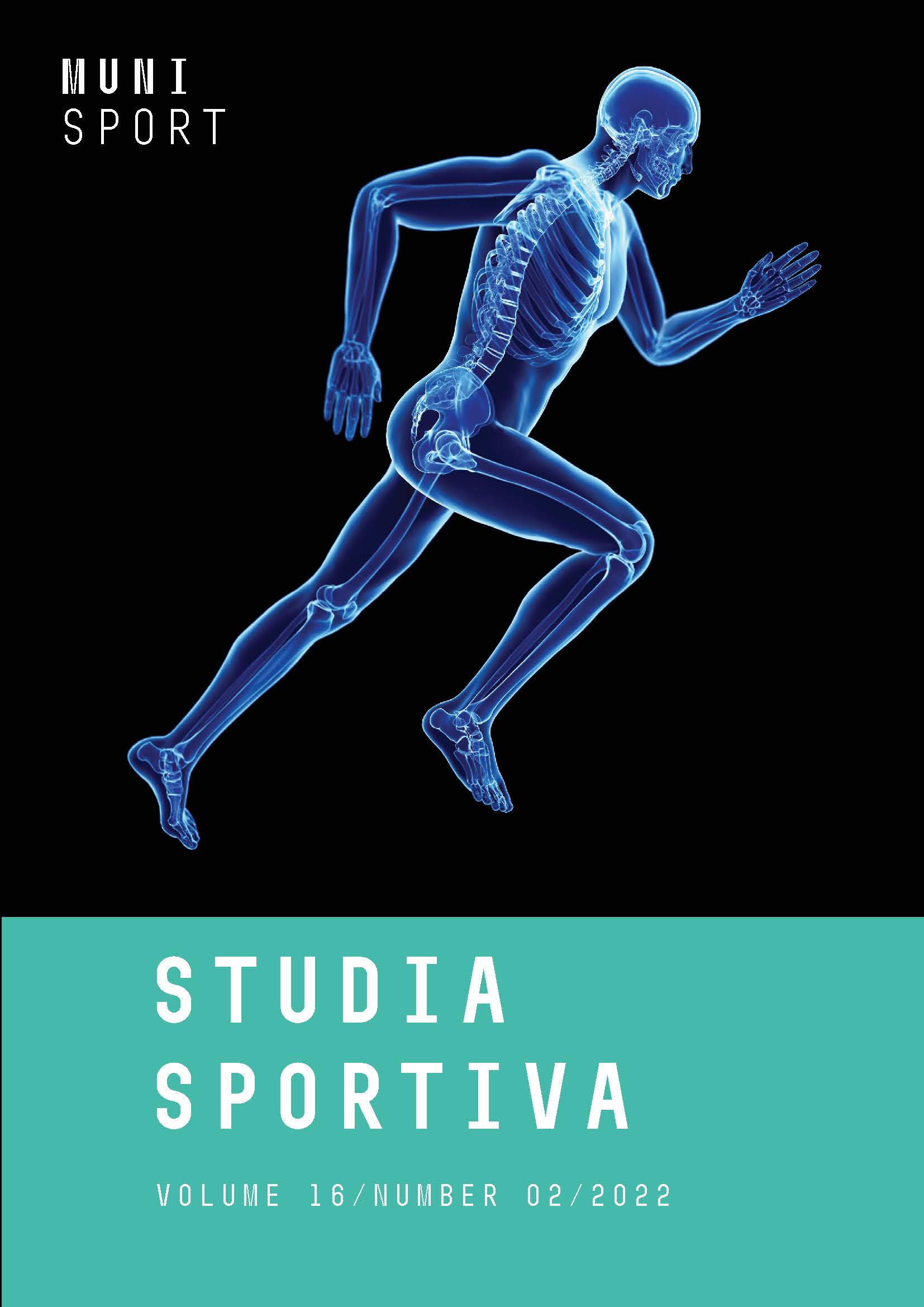Determinants of Reactive Agility Performance in Table Tennis Players
Determinants of Reactive Agility Performance in Table Tennis Players
Author(s): Henrieta HorníkováSubject(s): Sports Studies
Published by: Masarykova univerzita nakladatelství
Keywords: motor component; racquet sports; reaction time; sensory component;
Summary/Abstract: BACKGROUND: Table tennis is considered as a reaction sport, in which reaction speed is the key factor of sports performance. However, in addition to the quality of sensory (or cognitive) functions, it also requires a rapid motor response. Reactive agility is one of the most important qualities of table tennis performance. It comprises both sensory and motor components. Therefore, the aim of this study was to find the relationship between reactive agility performance and reaction speed (sensory part), sprint and change of direction speed, and muscle strength parameters (motor part) and thus to identify determinants of reactive agility in table tennis players. METHODS: Fifteen male competitive table tennis players (26.3 ± 4.0 years, 179.4 ± 6.0 cm, 77.2 ± 6.4 kg) performed the Reactive Agility Test (RAT), three reaction time tests (simple and choice reaction, reaction to four visual stimuli), sprint for 5 m, 505 Agility test, countermovement and drop jumps. RESULTS: Pearson correlation coefficient revealed a significant relationship between RAT performance and reaction time to four visual stimuli (r = 0.801, p < 0.001). Nonsignificant, but the medium correlation was found between RAT performance and choice reaction time (r = 0.404) and decision-making time, which was calculated as a difference between choice and simple reaction time (r = 0.410). These results showed that reactive agility is determined by the cognitive component (reflected by the reaction time) in table tennis players. CONCLUSION: It seems that fast reactions associated with hand movements are more important than explosive strength and speed abilities in table tennis performance. Therefore, the trainers should focus primarily on the development of reaction-speed abilities in their training program. Secondary, they should focus on more specific movements (e.g., lateral change of direction or speed of first steps) rather than linear sprint speed or changing of direction under angles higher than 90°. Additionally, it seems that explosive strength training has only supportive character in relationship to the sports performance.
Journal: Studia sportiva
- Issue Year: 16/2022
- Issue No: 2
- Page Range: 15-23
- Page Count: 9
- Language: English

